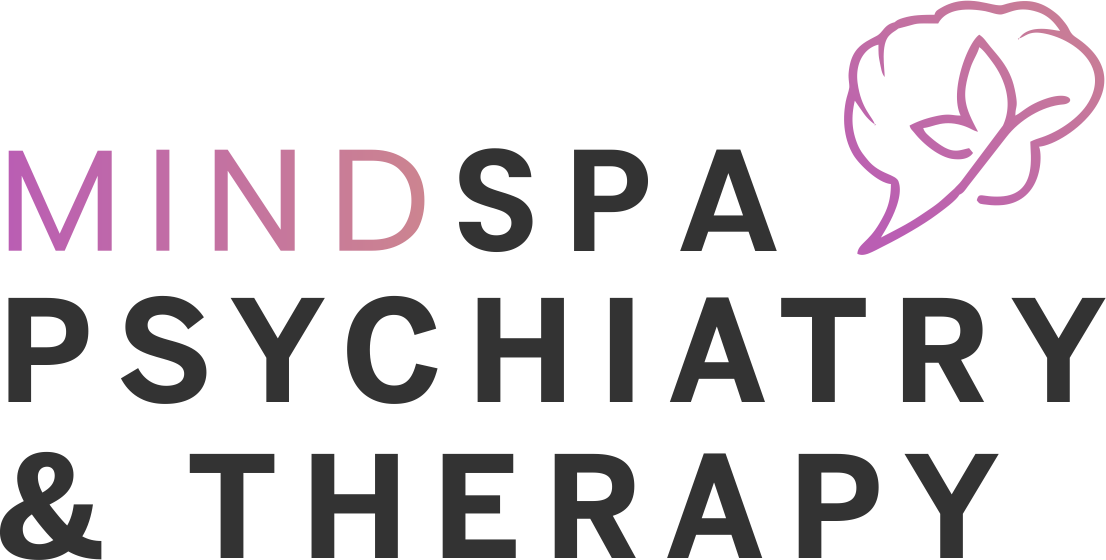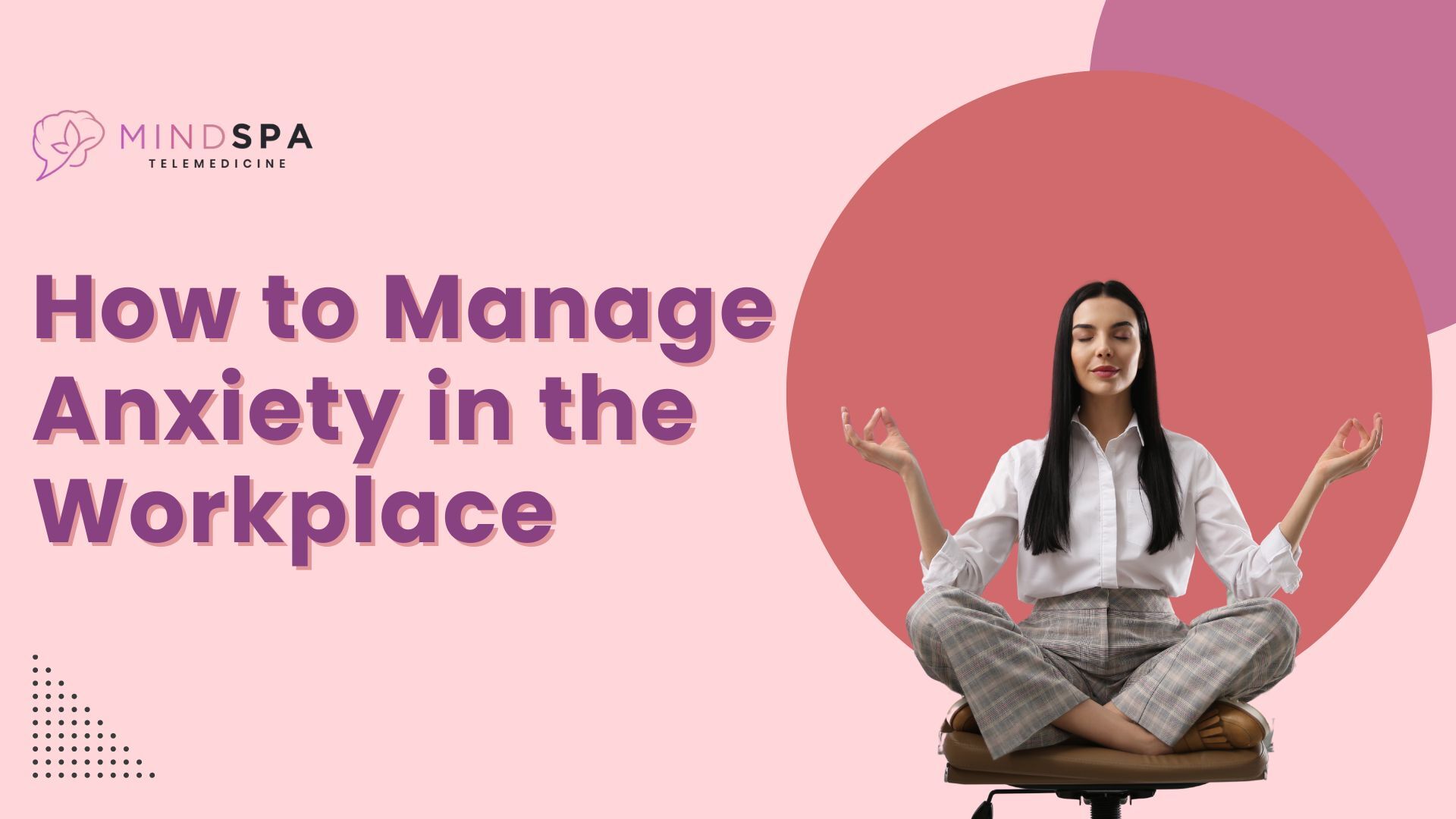Stress has become a significant issue in organizational culture. It affects employees in different working environments. According to a survey, 83% of them experience stress at work, and many of them suffer from anxiety due to employment.
It is critical for employees to manage their anxiety in the workplace to avoid negative impacts on the employees and their employers. This article will provide practical techniques based on research and statistics to assist you in handling anxiety in the workplace.
Understanding Workplace Anxiety
Workplace anxiety involves fear, apprehension or stress arising from responsibilities at the workplace, time constraints, other people at the workplace or organizational culture. While stress can be a one-time event, anxiety is a continuous state that can have detrimental effects on an individual’s psychological and physical well-being.
Some of the signs and symptoms may be irritability, forgetfulness, persistent tiredness, and sleeping disorders.
According to the survey conducted by the Anxiety and Depression Association of America (ADAA), 56% of workers reported their anxiety interferes with their job productivity. According to the WHO, anxiety and depression amount to one trillion dollars in lost hours for work and business annually.
Causes of Workplace Anxiety
First of all, it is crucial to understand what causes anxiety at work and how it can be controlled. Some common causes include:
1. High Workload
Undue time pressure, overburdening, and long working hours may lead to anxiety.
2. Job Insecurity
Fear can arise from concerns such as possible job loss due to downsizing, restructuring or evaluations.
3. Interpersonal Conflicts
Conflict with other people at the workplace, including bosses or subordinates, makes work environment hostile; this increases stress levels.
4. Lack of Control
Helplessness is a feeling of having no control over what is happening at the workplace or being controlled all the time, a condition that worsens anxiety.
5. Poor Work-Life Balance
Stress from work and home responsibilities affects work-life balance, which in turn causes exhaustion and anxiety.

Strategies for Managing Workplace Anxiety
Workplace anxiety can be managed at the individual and organizational level. Here are some effective tips to manage anxiety at work:
1. Mindfulness and Relaxation Techniques
Mindfulness in daily life practice can reduce one’s anxiety levels to a large extent. The most common relaxation processes are deep breathing, progressive muscular relaxation and meditation. The study shows that mindfulness has a very highly significant positive effect on both anxiety and job satisfaction.
2. Time Management and Prioritization
Reducing anxiety in the workplace therefore calls for proper working and management of time so as to be able to meet the necessary deadlines. Splitting the work and prioritizing it are effective in preventing work overload. This could be done in the form of checklists, on calendars, organizers or smart devices such as your phone or tab.
3. Setting Boundaries
It is important to draw a clear dividing line between working and non-working time in order to prevent the emergence of burnout. Emphasis should be placed on not checking workplace emails during leisure time and engaging in fun, physical activities, or relaxation.
Research shows that the workers who set their boundaries are not stressed and are productive at their workplace.
4. Seeking Support
Everyone should never be embarrassed to seek assistance when they feel overwhelmed. Telling a friend, manager, or personnel officer can help to alleviate the tension and find the solution to anxiety-provoking issues.
Also, it can be very productive to seek professional assistance in the form of counseling or therapy. MindSpa offers services such as anxiety management consults, where clients are advised on how to handle stress in the workplace.
5. Healthy Lifestyle Choices
According to several research works, regular exercise significantly reduces the level of anxiety. Exercise, a good diet, and sleep are all beneficial to mental health as well. Exercise also aids in the production of endorphins which has the ability to decrease stress levels.
6. Using Cognitive Behavioral Techniques
CBT is a form of treatment where negative thinking patterns are replaced with positive ones, and this can be very helpful in dealing with anxiety. An ability to determine what kind of negative thinking patterns are present and an ability to change them can result in a decrease in anxiety symptoms intensity.
How Employers Can Support Anxiety Management
Employers play a crucial role in fostering a supportive work environment. Here are ways organizations can help employees manage anxiety:
1. Promote Work-Life Balance
Management should allow employees to take tea breaks, use vacations, and be encouraged not to overwork. Other possibilities include teleworking, working from home or other places, and shift working.
2. Provide Mental Health Resources
Encouraging the use of services such as the EAP and counselling can assist workers in addressing the issue of anxiety. Other crucial interventions are, for instance, providing stress and mindfulness sessions.
3. Foster a Positive Work Culture
By implementing a good organizational climate and making the employees feel valued and supported, anxiety levels may decrease. Thus, maintaining open communication or resolving conflicts in a timely manner can also benefit the organization.

Conclusion
It is imperative to manage anxiety in a workplace as this affects the health and productivity of any person. If you follow the strategies I have described here, and get help when necessary, this will help you to decrease the level of anxiety and improve your work situation. If you are among the many people facing workplace anxiety, then it is recommended to book an anxiety management consultation with MindSpa.
Related Questions
How do you overcome anxiety at work?
To address workplace anxiety, practice mindfulness, manage your workload effectively, set clear boundaries, and seek support from colleagues or professionals.
How to help someone with anxiety in the workplace?
Acknowledge their feelings, provide assistance, recommend a doctor, and discuss their requirements and worries.
How can I work when I have anxiety?
Employ stress avoidance strategies, divide work into segments, balance work and leisure, and apply for adjustments if required.
How to talk about anxiety at work?
Stay very polite and objective when initiating the discussion, describe how the situation interferes when and where it is needed, and possible changes or solutions with the help of management.

